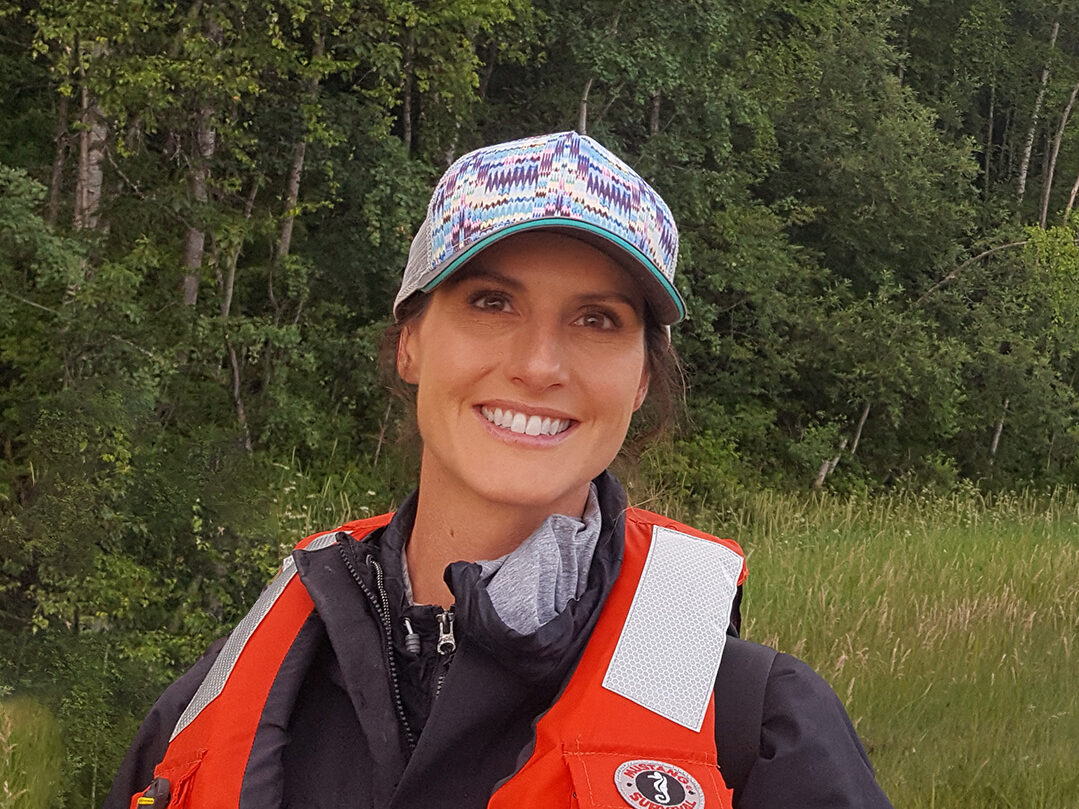
International Women’s Day: Jennie Shield
March 7, 2025
Great Ecology at the San Diego County Fair
July 16, 2025
International Women’s Day: Jennie Shield
March 7, 2025
Great Ecology at the San Diego County Fair
July 16, 2025Establishing New Protected Areas to Support the 30x30 Initiative
Dr. Jesse Borden & Diana Navarro
June 23, 2025
Amid our global extinction crisis driven largely by human activity, preserving Earth's biodiversity has never been more urgent. To that end, the 30 x 30 initiative seeks to protect at least 30% of the world's land, freshwater, and ocean habitats by 2030. Currently over 190 nations have pledged their support for this initiative. Achieving this ambitious goal will depend heavily on establishing new Protected Areas (PAs), which safeguard biodiversity and provide a suite of services to local communities. When effectively managed, PAs provide the most promising path to protecting the planet's remaining biodiversity and ecological abundance for future generations.
However, Establishing PAs is no simple matter and requires comprehensive assessments to identify conservation priorities, understand ecosystem threats, and to develop site-specific management plans that incorporate the needs of local stakeholders. Zonation serves as a management framework that divides PAs into distinct functional zones, each with tailored conservation objectives and management protocols. Effective zonation balances biodiversity protection while accommodating appropriate human activities through evidence-based spatial planning. Factors influencing zonation design include ecological sensitivity, threatened species presence, natural boundaries, cultural significance, tourism potential, and local community needs. This approach generally creates a protection gradient consisting of (but not limited to) strictly protected core zones, buffer zones that permit limited sustainable activities, and transition areas that support compatible community uses.

An example of a zonation map created by the great ecology design team. The figure shows a possible zonation scheme in practice, illustrating possible activities allowed within each zone.
In a current project, Great Ecology is proud to be helping establish both marine and terrestrial PAs in contribution to the 30 x 30 initiative. The work involves partnering with local experts to study the natural, social, scenic, and cultural values of potential sites and determining appropriate PA boundaries and zonation. On the ground, our team is conducting rapid habitat assessments and biodiversity surveys, while collaborating with social scientists and local community leaders to understand the unique needs and desires of local stakeholders. This process requires balancing conservation priorities with community needs across different landscapes and navigating the challenges of creating functional PA systems.

An island within one of the possible new marine protected areas that the Great Ecology team surveyed for biodiversity and human impact.

Chase Mathey documents the floral diversity at a rugged terrestrial site proposed to be a new protected area.

Dr. Jesse Borden documenting conditions at a rugged terrestrial site proposed to be a new protected area.

The rugged and wild landscape from a terrestrial site proposed as a new protected area. Considering the scenic value of a site is a key component to establishing a protected area that will support sustainable tourism.
Establishing protected areas around the globe is critical to achieving the ambitious goals of the 30 x 30 initiative. When implemented in close consultation with local stakeholders, well-designed PAs will effectively preserve biodiversity while simultaneously promoting the sustainable use of natural resources and generating economic benefits through sustainable tourism opportunities. This balanced approach creates PAs that achieve conservation objectives while delivering tangible value to surrounding communities.

Sea lavender at a coastal site proposed as a new protected area.

Some of the corals and fish observed on a recent survey of a proposed marine protected area.

Dr. Emily Khazan surveys bird species along the coast of a proposed protected area.

